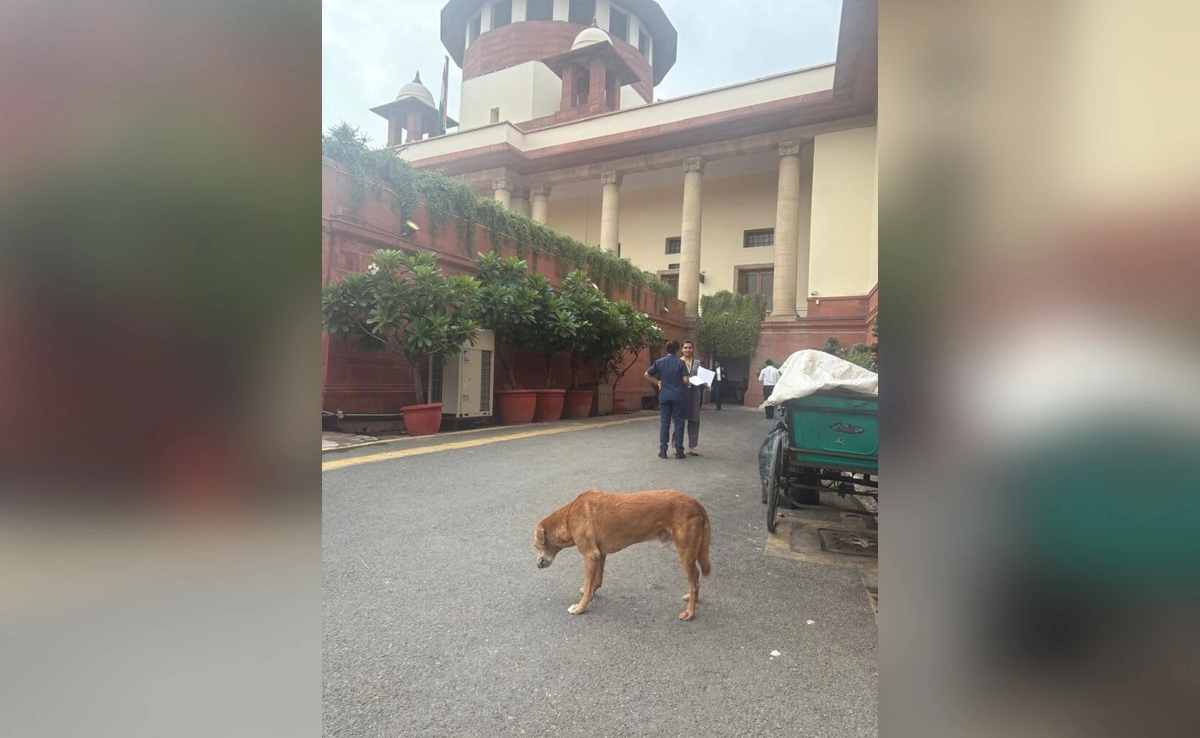In a significant legal development, the Supreme Court has issued a ban on the distribution of leftover food, coinciding with its recent order concerning stray dogs. This decision has stirred considerable debate over the implications for animal welfare and food waste management. The court’s ruling arises from concerns that the uncontrolled feeding of stray dogs leads to public safety issues and health hazards. Supporters of the order argue that it is necessary to protect citizens from potential dog attacks and the health risks associated with stray animals congregating in urban areas.
On the other hand, animal rights advocates have voiced strong opposition to the ban on leftover food distribution, emphasizing the need for humane treatment of stray dogs. They argue that this decision could exacerbate the problems faced by these animals, as food scarcity may lead to increased aggression and desperation among the stray population. Additionally, critics of the ruling point out the ethical dilemma of wasting perfectly good food while so many animals are left hungry. They advocate for a balanced approach that considers both public safety and the welfare of stray animals, suggesting that measures could be implemented to ensure controlled feeding practices rather than an outright ban.
The Supreme Court’s decision has sparked discussions among various stakeholders, including animal welfare organizations, local governments, and community members. Many are calling for a collaborative effort to address the issues surrounding stray dogs and food waste, proposing solutions such as designated feeding zones or community-led initiatives to manage stray populations humanely. As cities grapple with the complexities of urban animal management, the court’s ruling serves as a pivotal moment in the ongoing conversation about how to balance the needs of humans and animals in densely populated areas.
Ultimately, this ruling raises important questions about the responsibilities of society towards both stray animals and community safety. As the debate unfolds, it remains crucial for all parties involved to engage in constructive dialogue aimed at finding compromises that respect the lives of stray dogs while ensuring the safety and well-being of the public. The challenge lies in crafting policies that reflect compassion and practicality, addressing the immediate concerns of public safety without compromising the fundamental rights of animals.




